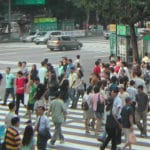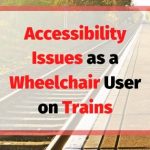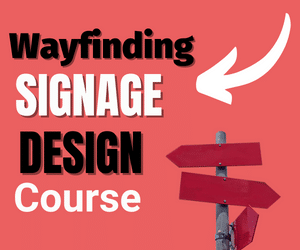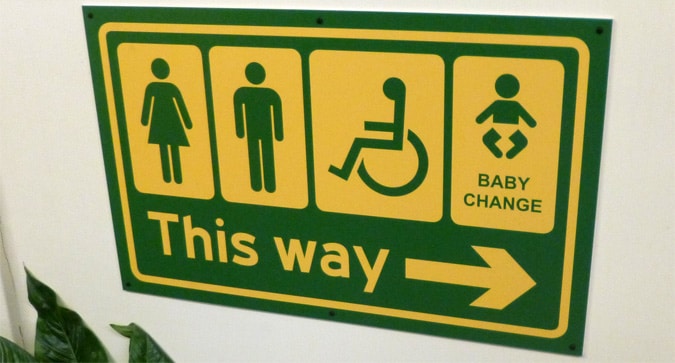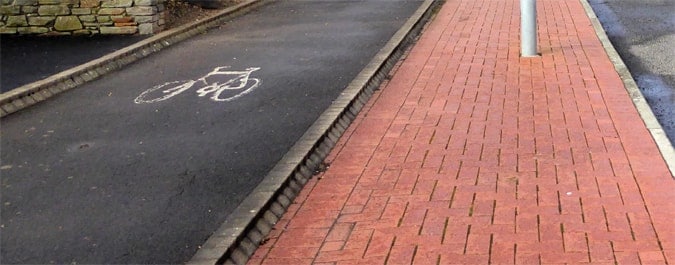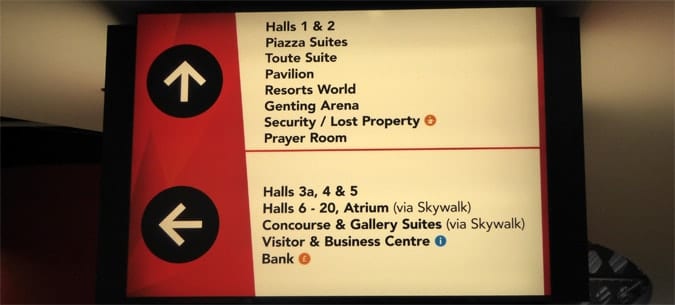Last Updated on June 9, 2023
The idea of designing Walkable Cities is a trend that is developing on the back of the “Smart Cities” movement and as greater awareness of sustainable and social issues comes into the wayfinding discourse.
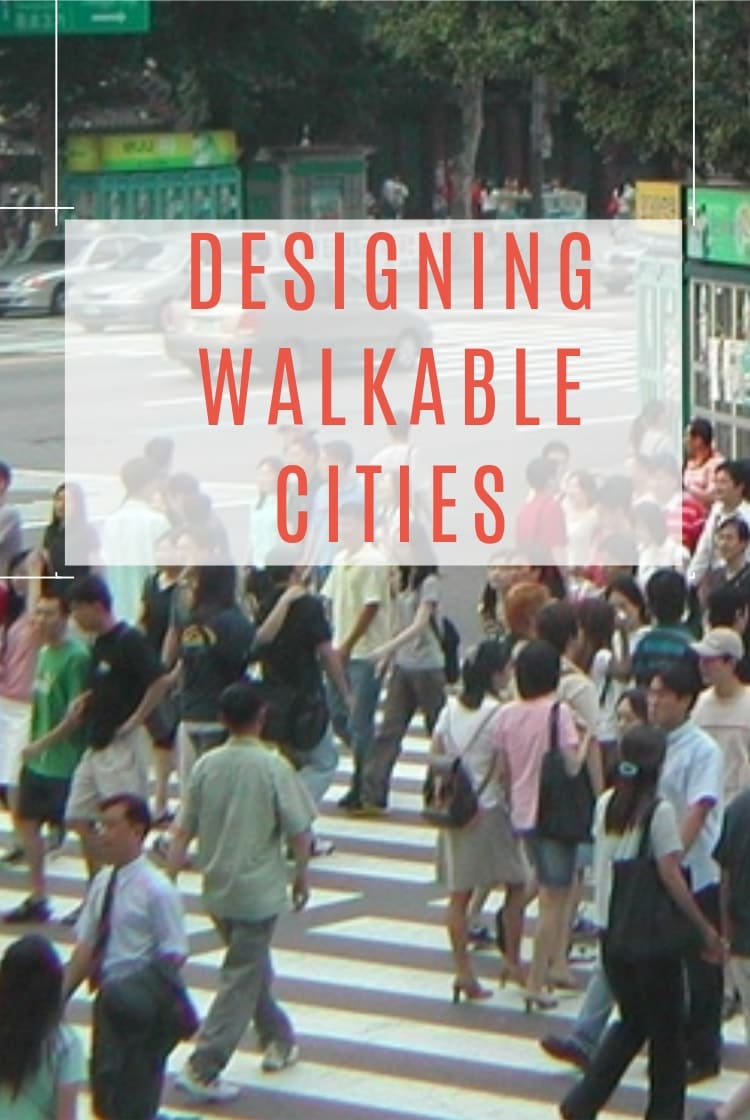
The movement for designing walkable cities involves trying to
Create Fully Connected Pathways and Routes
The problem with many trails and paths, which can be fun and pleasurable to use, is that they are often not directly linked to by other forms of transport.
You might be keen on walking a particular bay trail, but the issue is getting to the trail in the first place.
For this reason, an integrated approach is needed. In the past, efforts through park and ride have been used but such services have been only for certain events of for city-centre shopping on weekends.
The real need is for a user to be able to cycle from their own street on dedicated cycling paths or to walk on pedestrianized and/or use well-connected transport links (such as via a tram or local subway system network).
Making cities more connected also for all users is important!
A wheelchair user should be able to roam freely through large areas of a city without the need for third-person support.
Likewise, elderly walkers should be able to enjoy a casual walk by a waterfront area, such as along a bay trail, without concern for how they can get back to where they need to be if they get physically tired.
Integrated planning, in such a case, means having connected transportation options so that users can enjoy parts of walkable cities if the user has restricted ability.
Providing the right facilities in the right places. A 10-mile bay trail walk around a harbor area, which does not make provision for toilets (restrooms), for refreshments, or for return transport (for users who can only do a part of the route), for example, is less likely to be used.
The Benefits of Designing Walkable Cities

I like to break down the benefits of “Walkable Cities” down into four categories, these being:
- Social benefits;
- Economic benefits;
- Environmental benefits;
- Individual/personal benefits.
These are discussed in further detail in the free PDF that you can download via the banner above.
To summarise though, walkable cities create hubs for tourism such as with the ability to create commercial areas where tourists will inevitably need somewhere to eat, walking tours of the area, places to drink and unwind on the route.
Furthermore, walkable cities provide great benefits for local users by increasing the attractiveness of a neighborhood.
Additionally, the benefits of decreased traffic, pollution, a reduction in accidents (walkers statistically experience significantly fewer accidents compared to drivers and cyclists).
Hence, benefits from creating walkable areas that take users past wildlife, waterfronts, and nature, is known to benefit mental health, and provide free and easy fitness opportunities.

If you are interested in consultancy or in training regards “Designing Walkable Cities” please feel free to contact us!
Dr Paul Symonds has a PhD in Wayfinding from Cardiff Metropolitan University in the UK. Paul works with the signage industry, airports and other locations providing wayfinding audits, consultancy and training.


